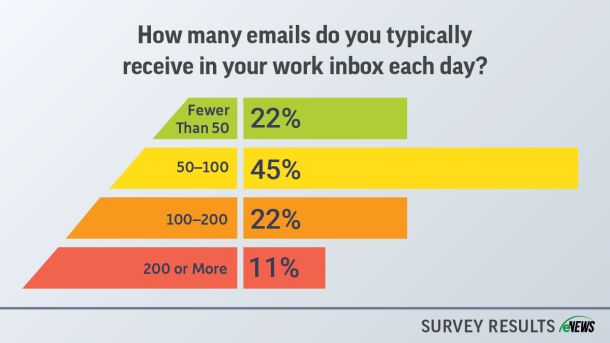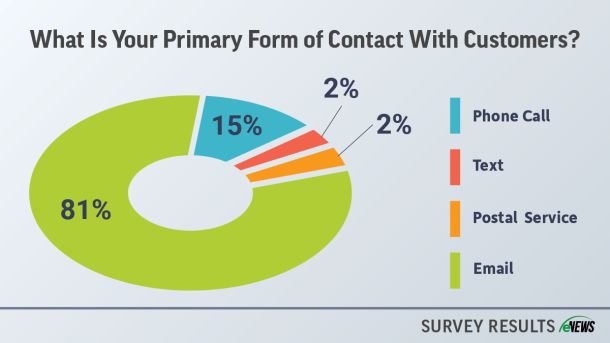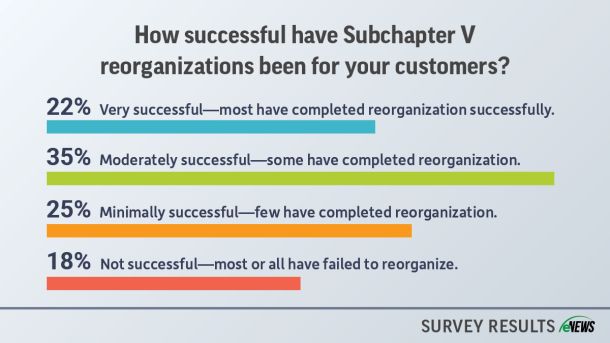Oct 3, 2024
eNews
The curse of cash flow issues
As the chilly season of ghouls, ghosts and gore begins, we’re reminded of one of the scariest scenarios plaguing credit managers; the curse of cash flow problems. Whether the issue is seasonal for you or only pops up every once in a while, cash flow issues can trouble even the most experienced credit professionals, regardless of whether it is your company or your customer experiencing the slowdown.







